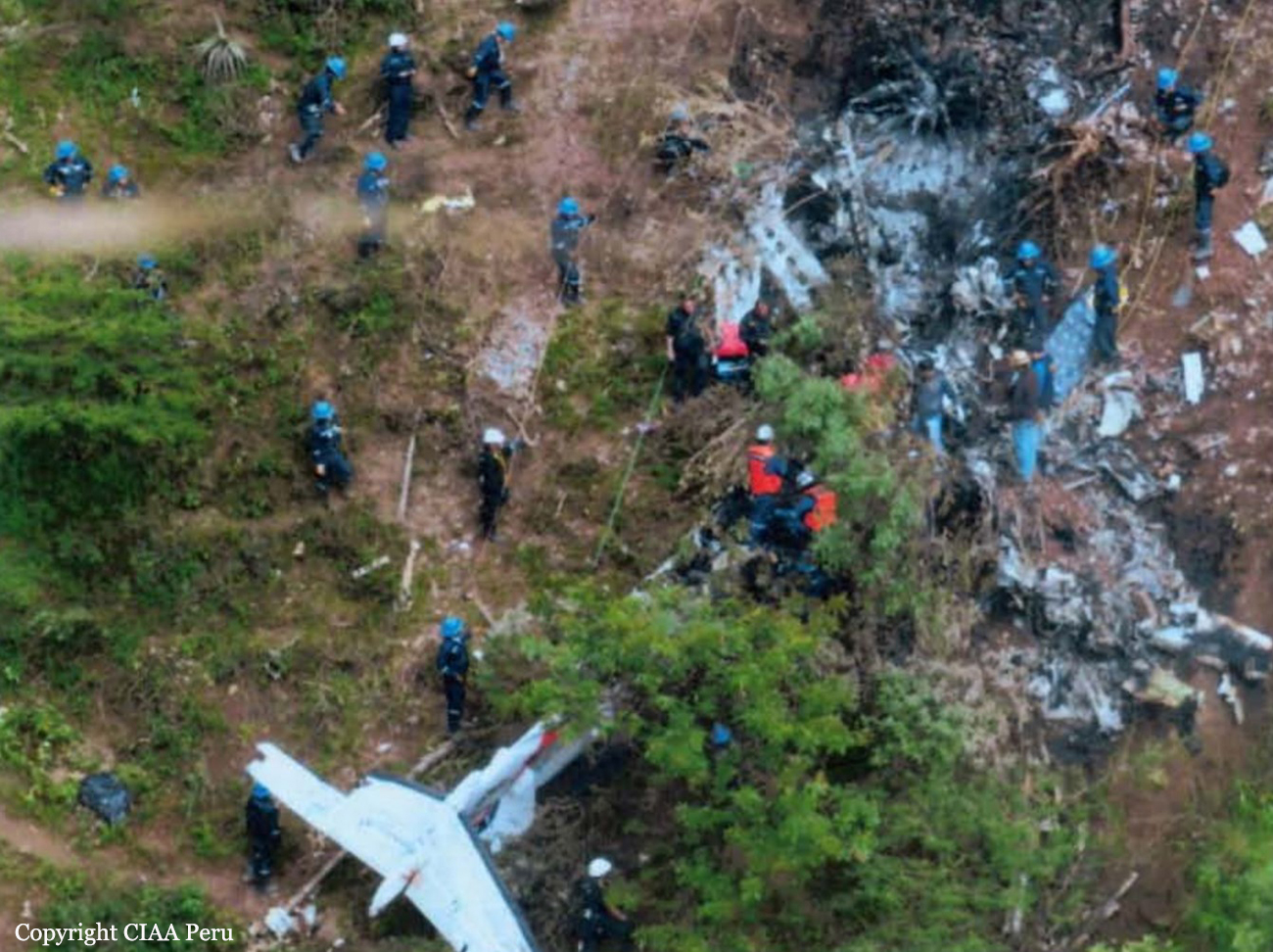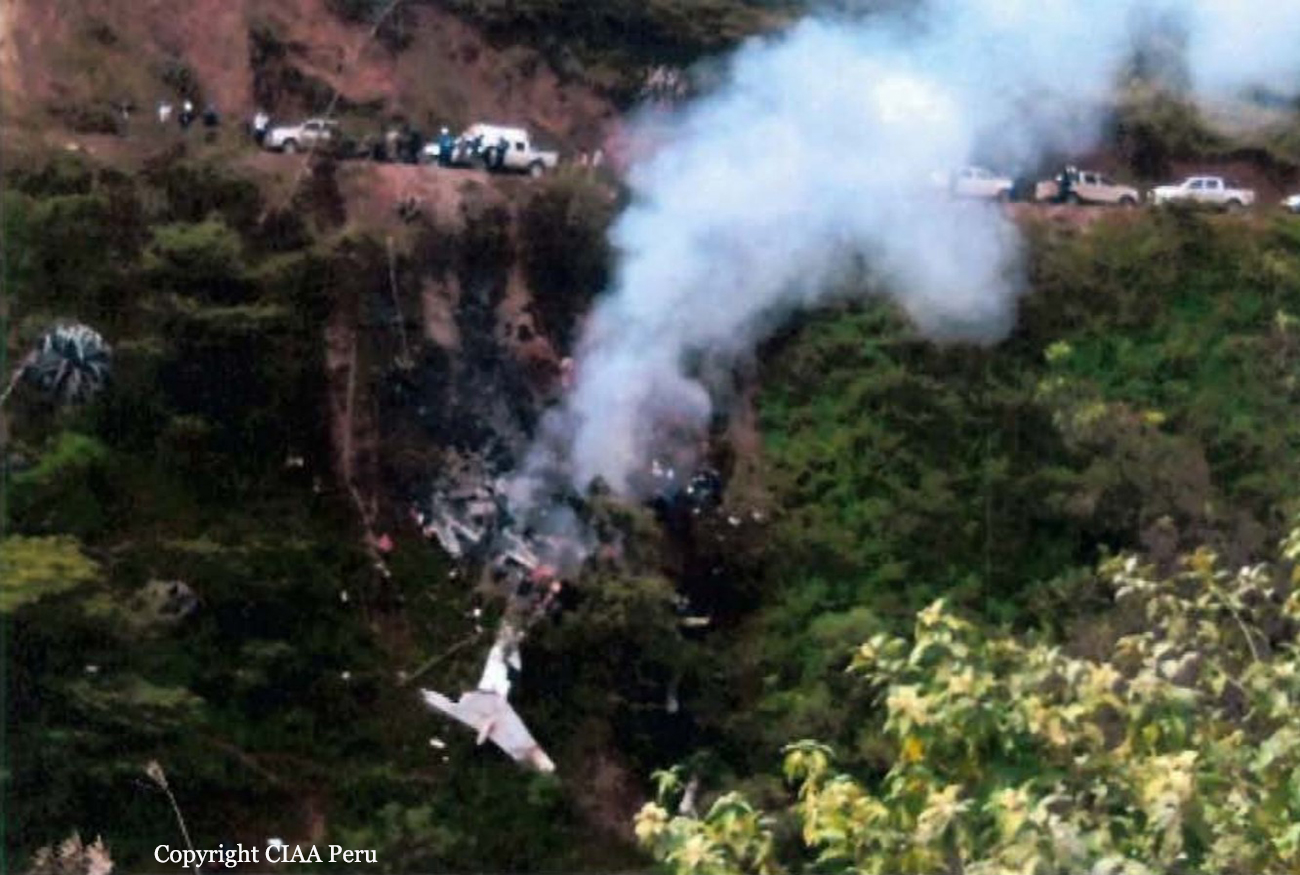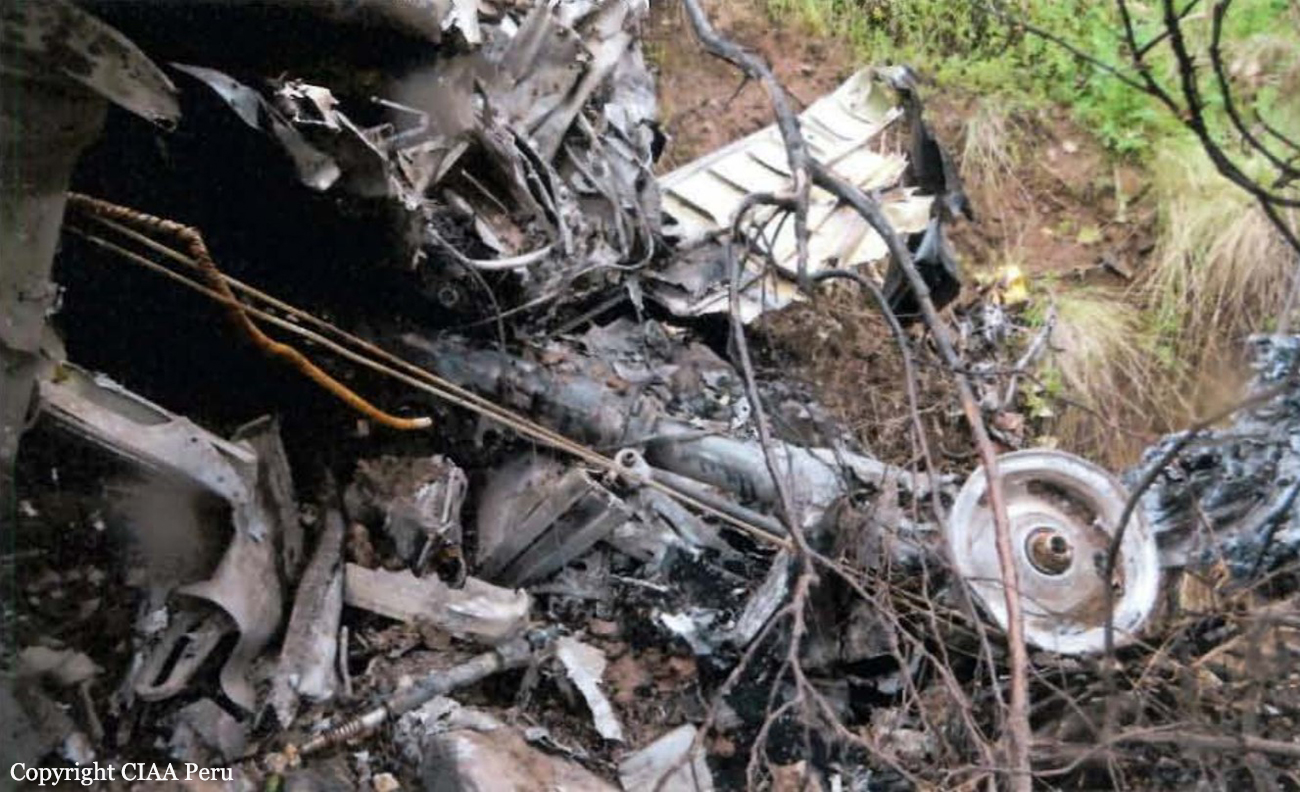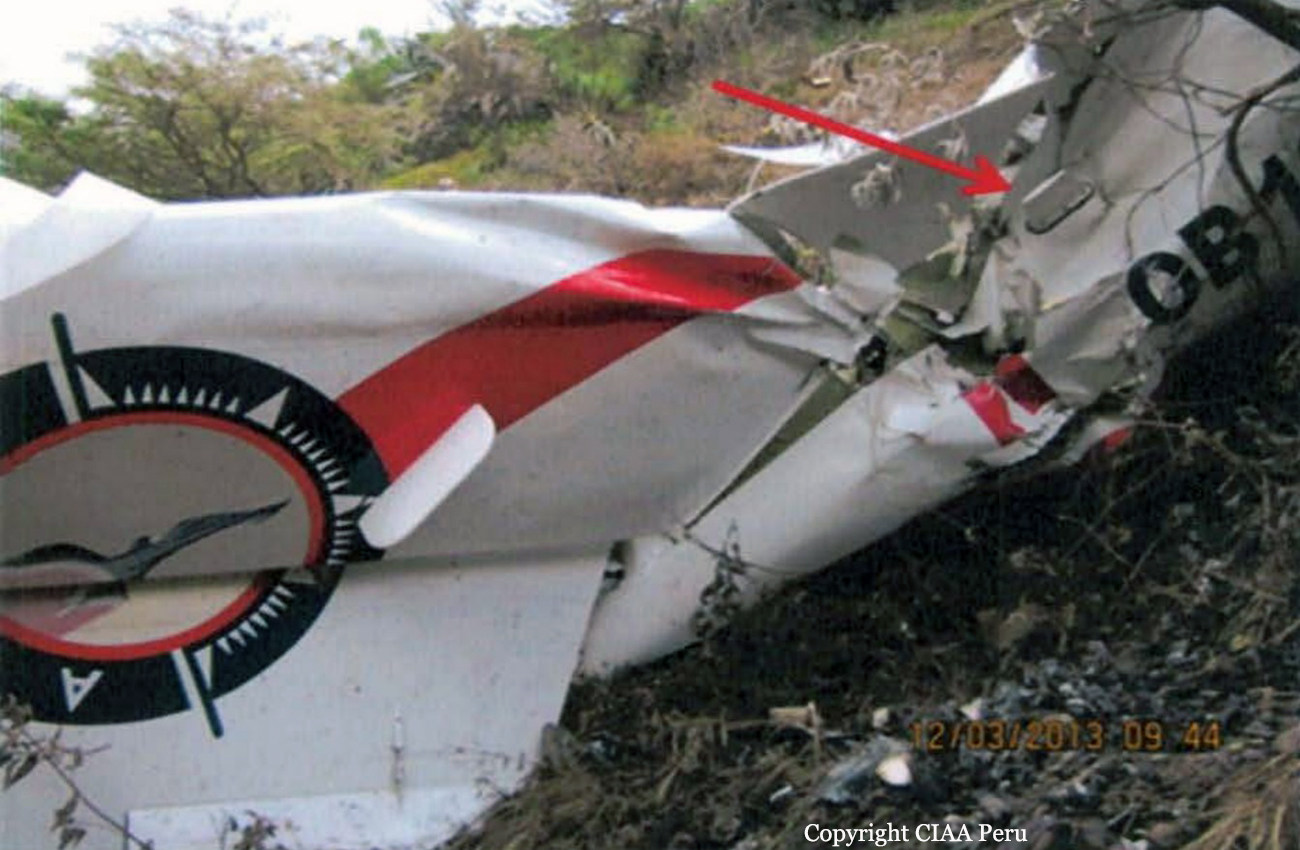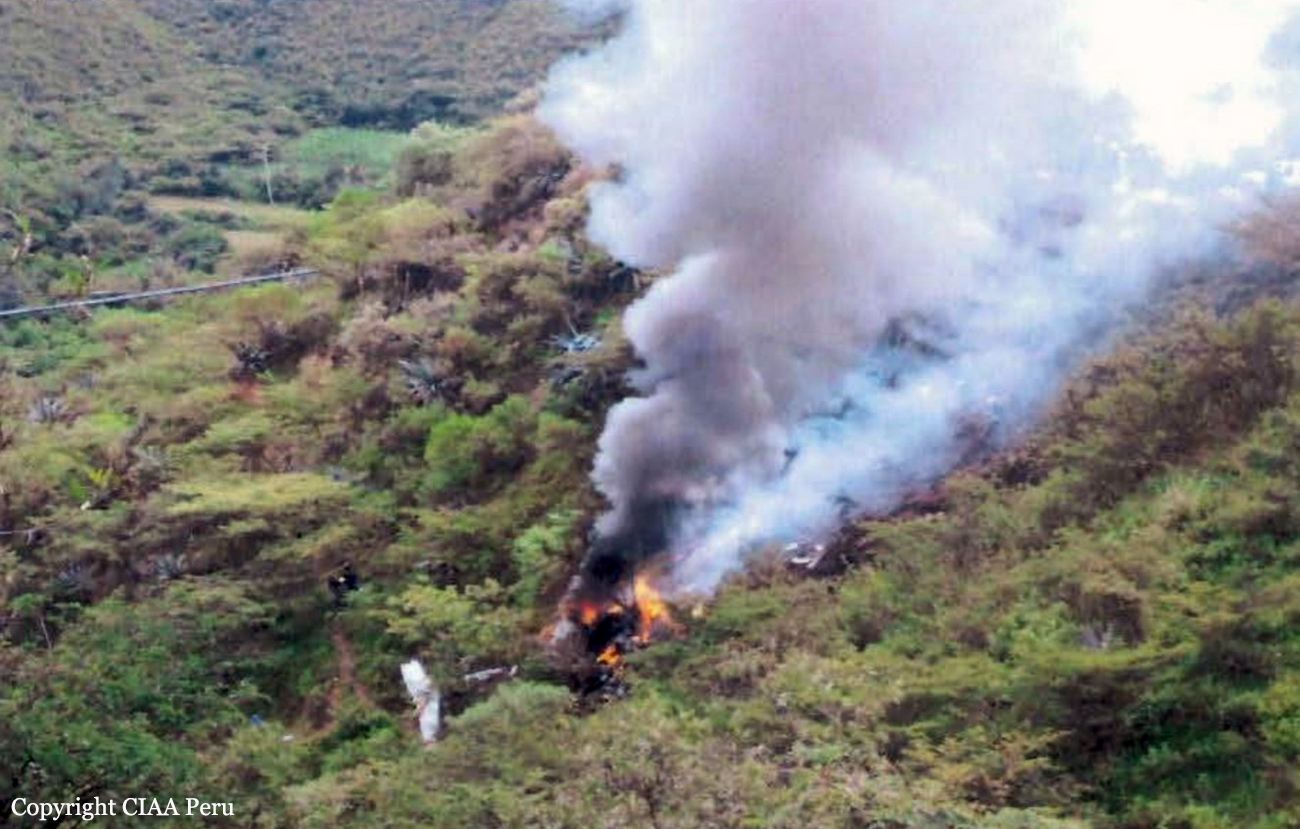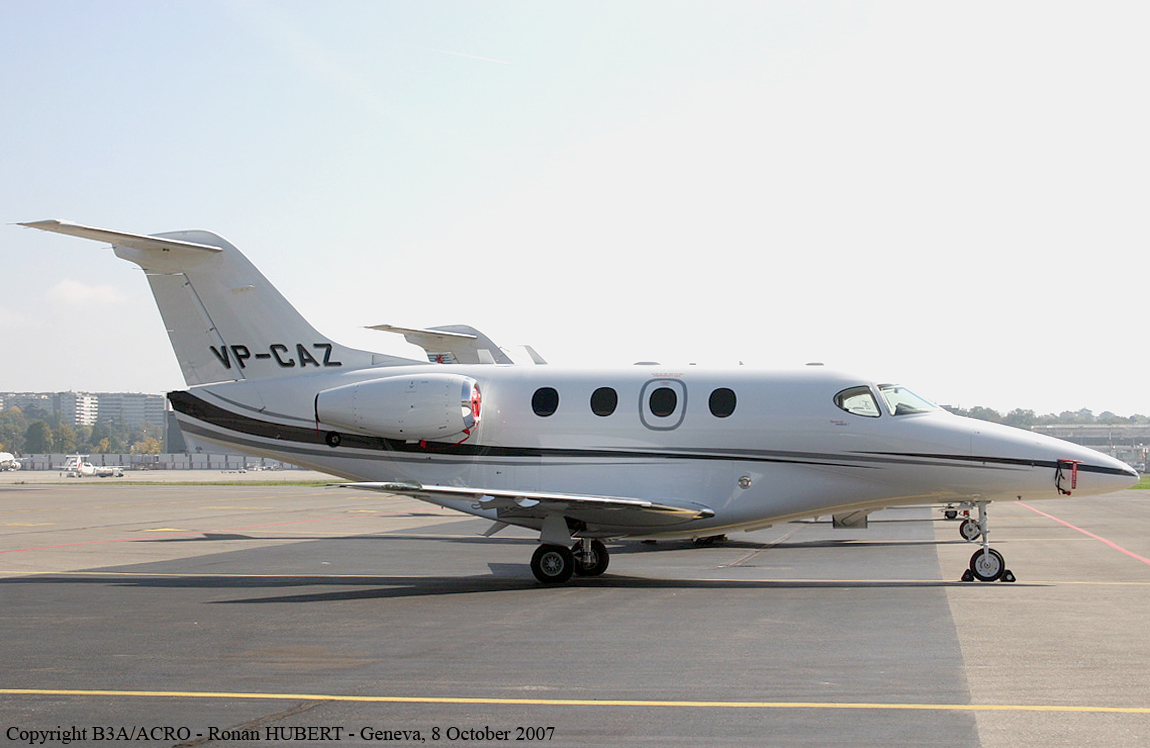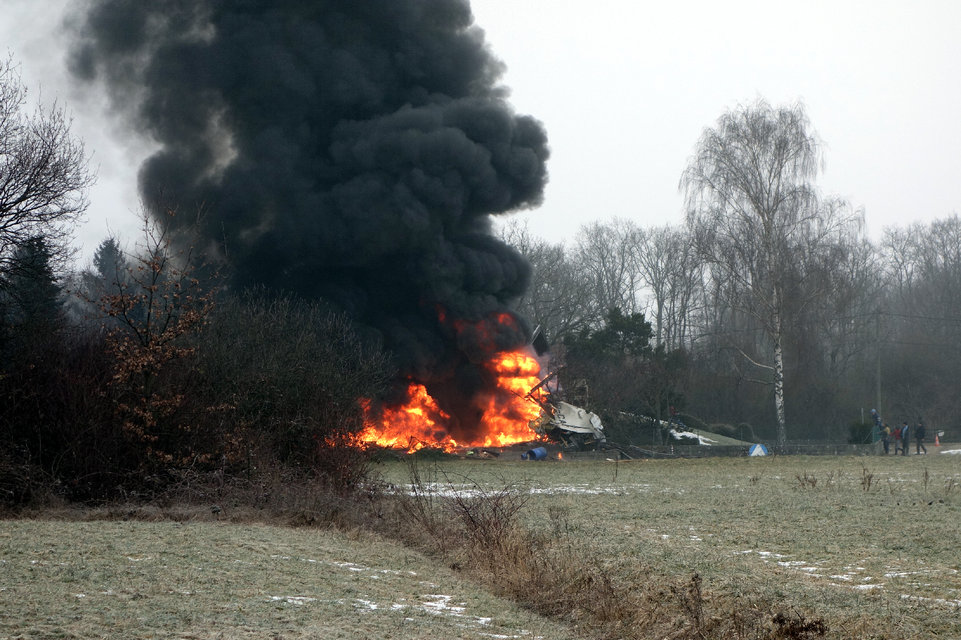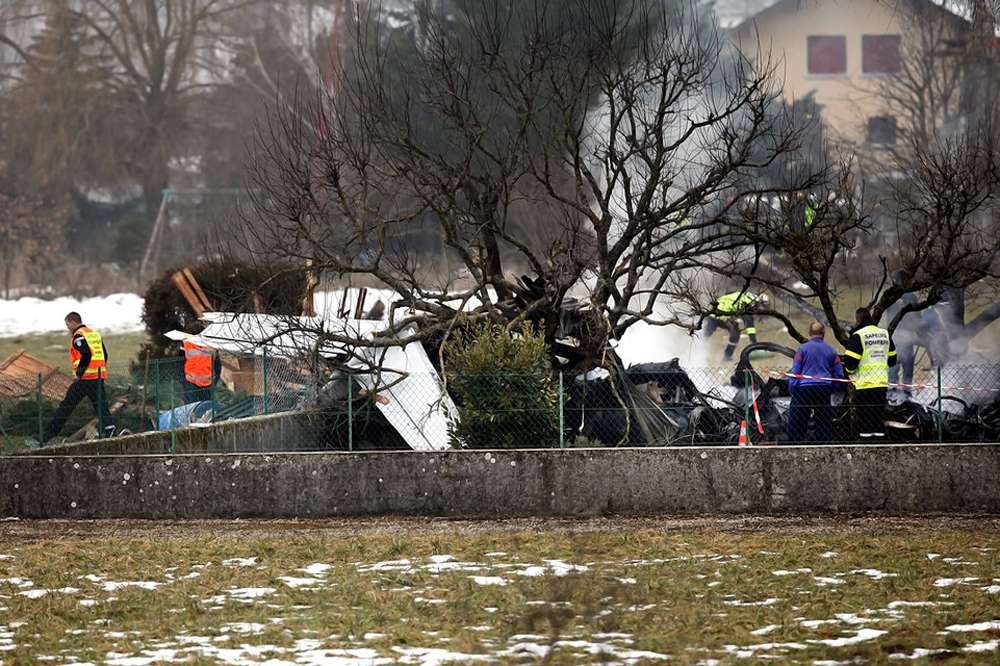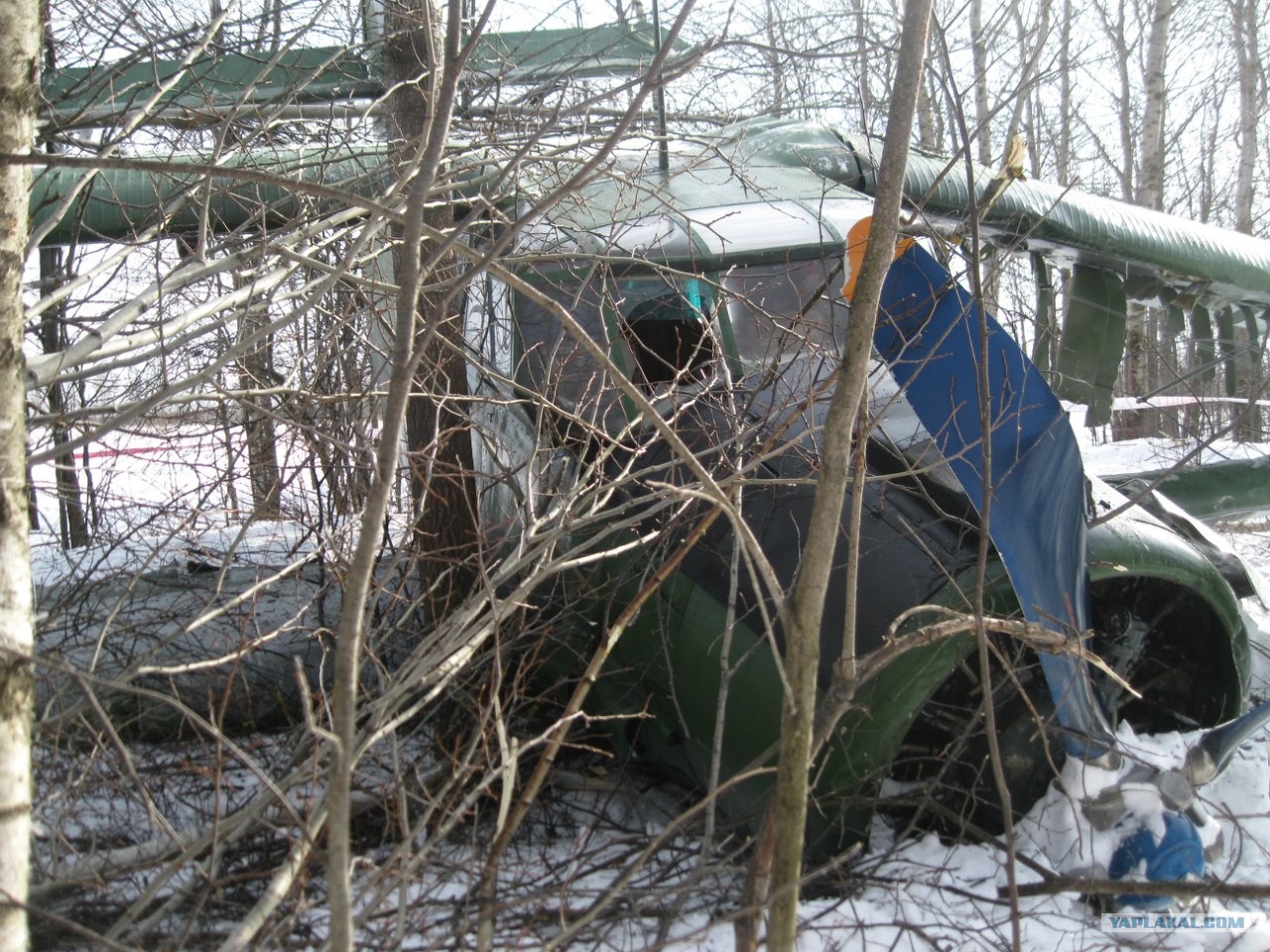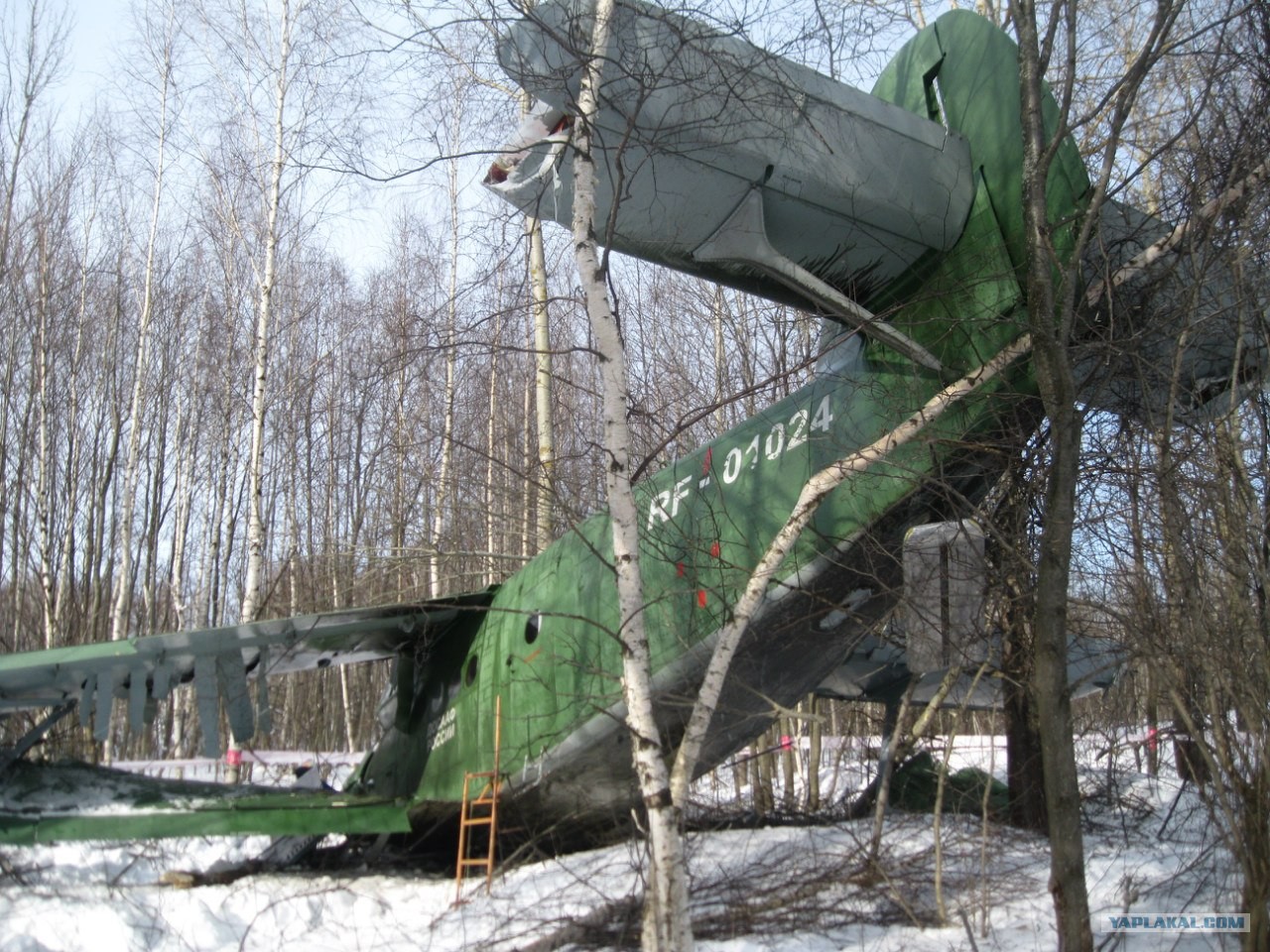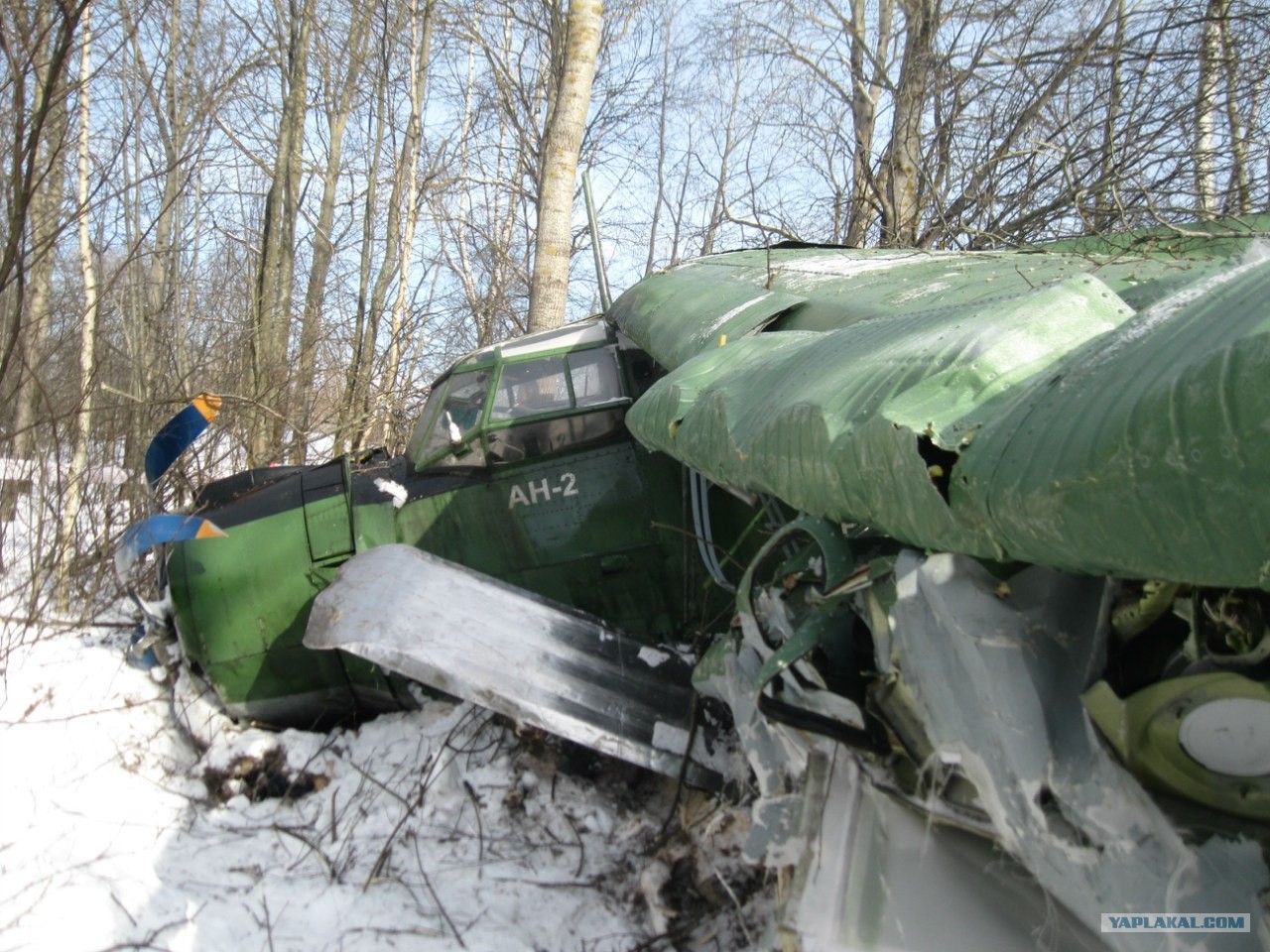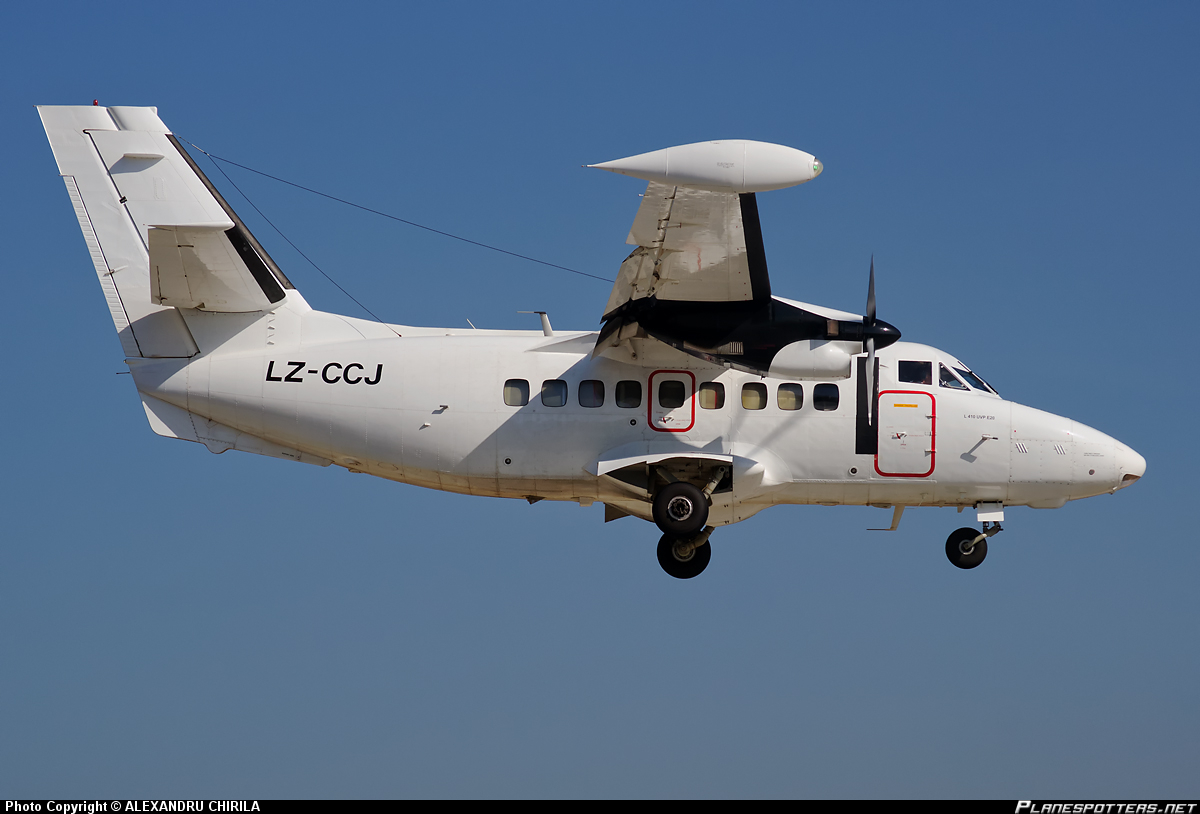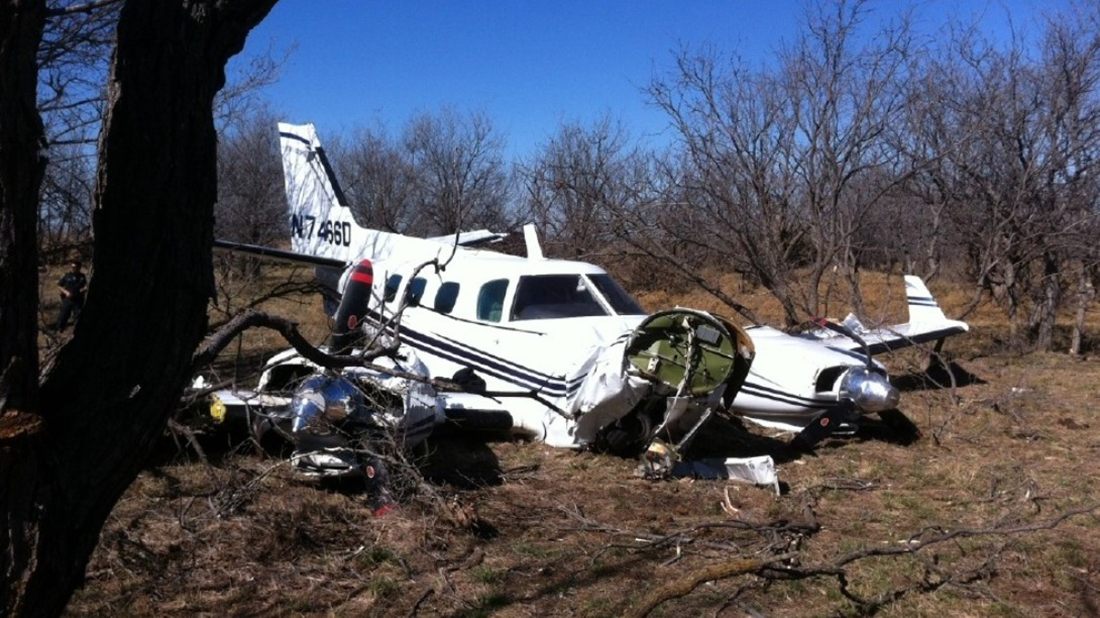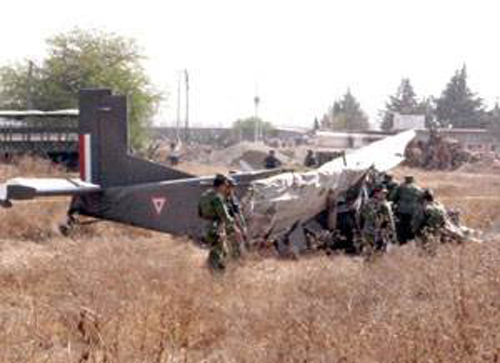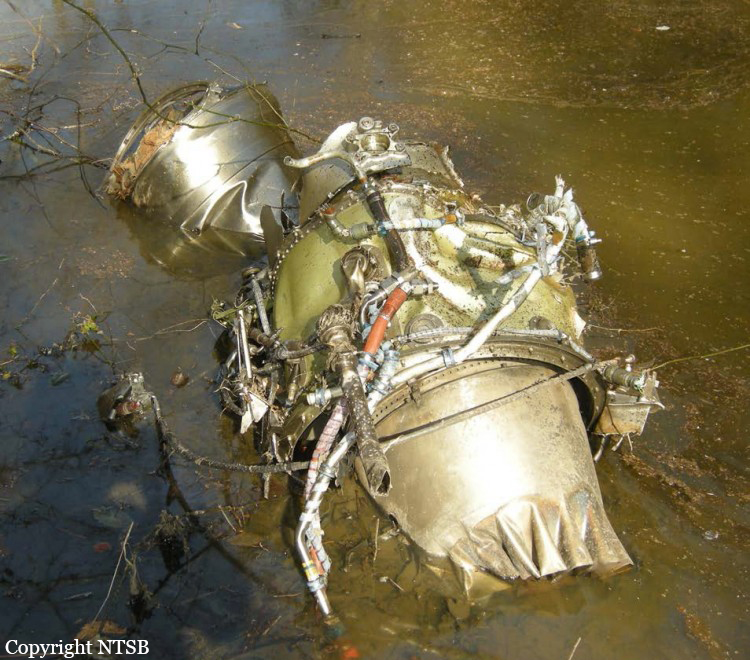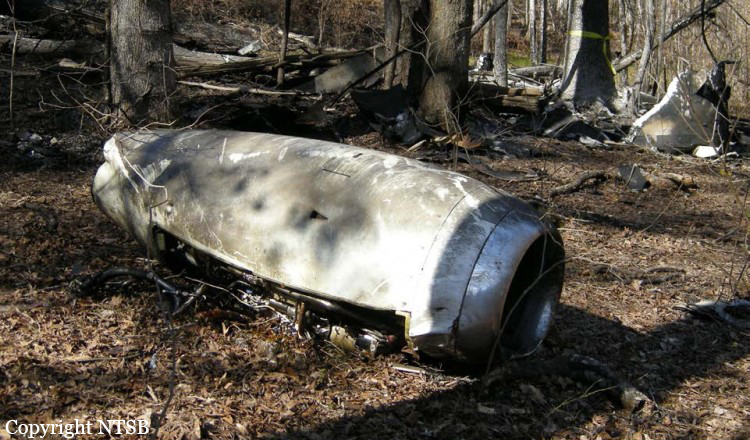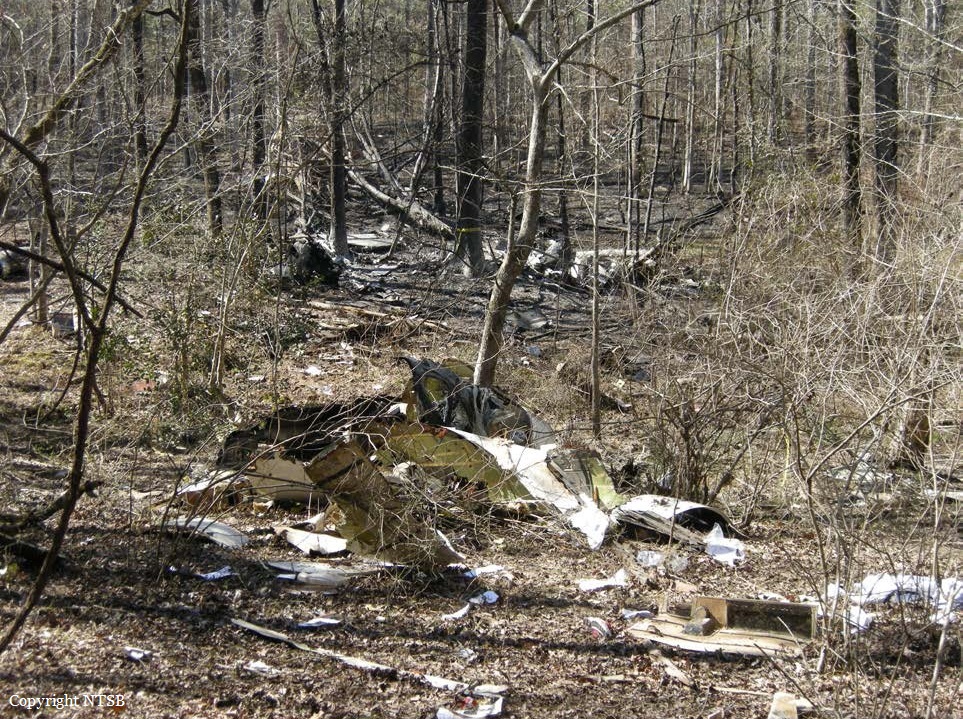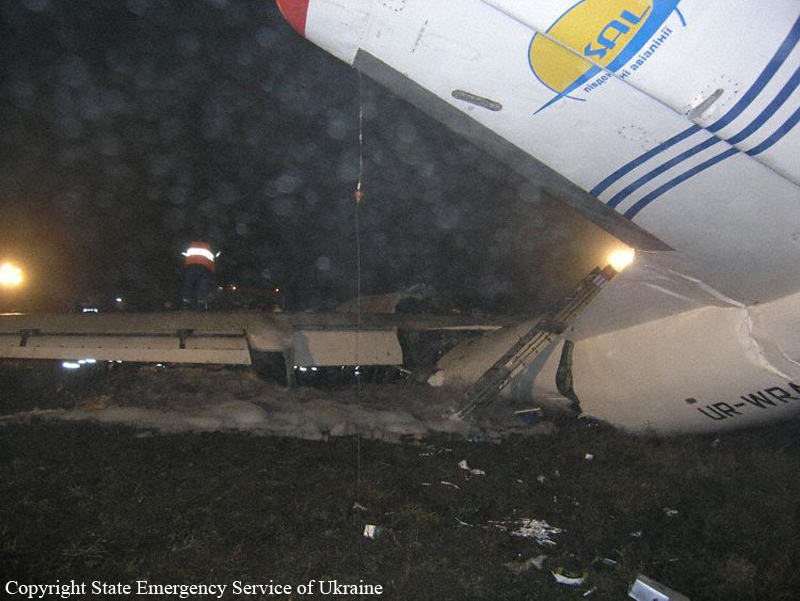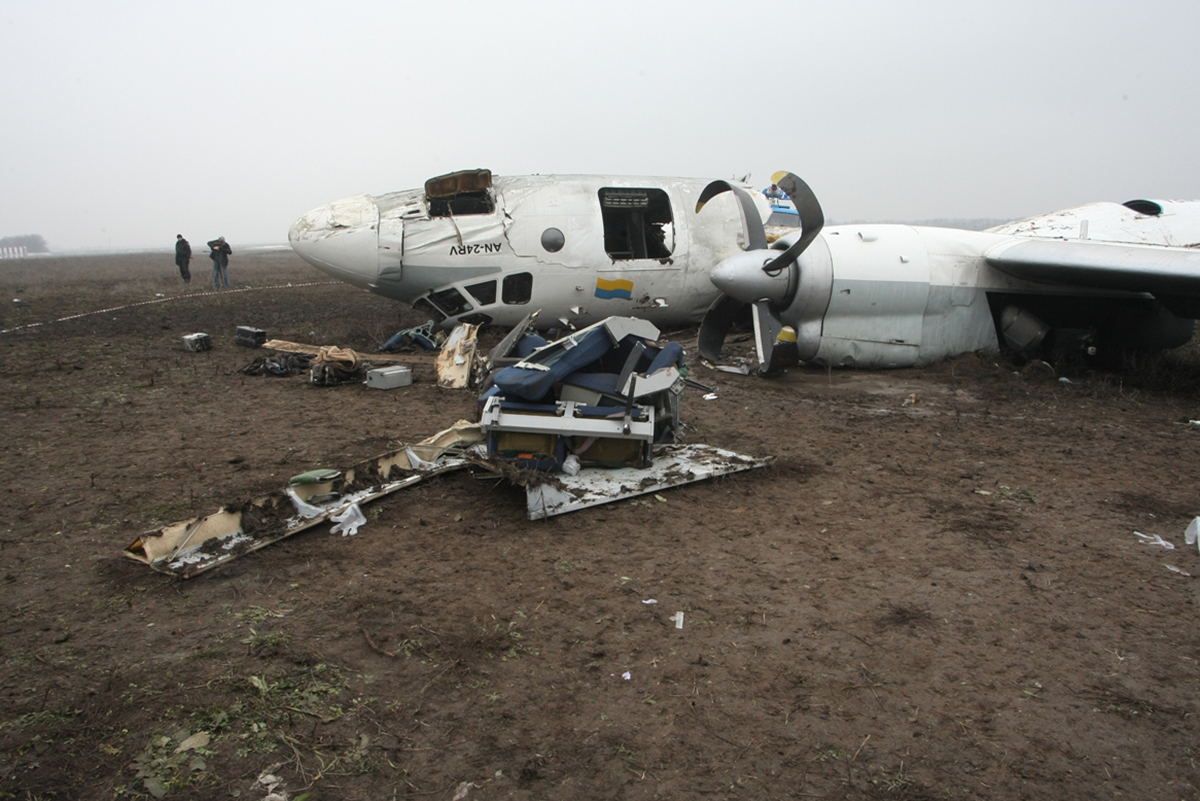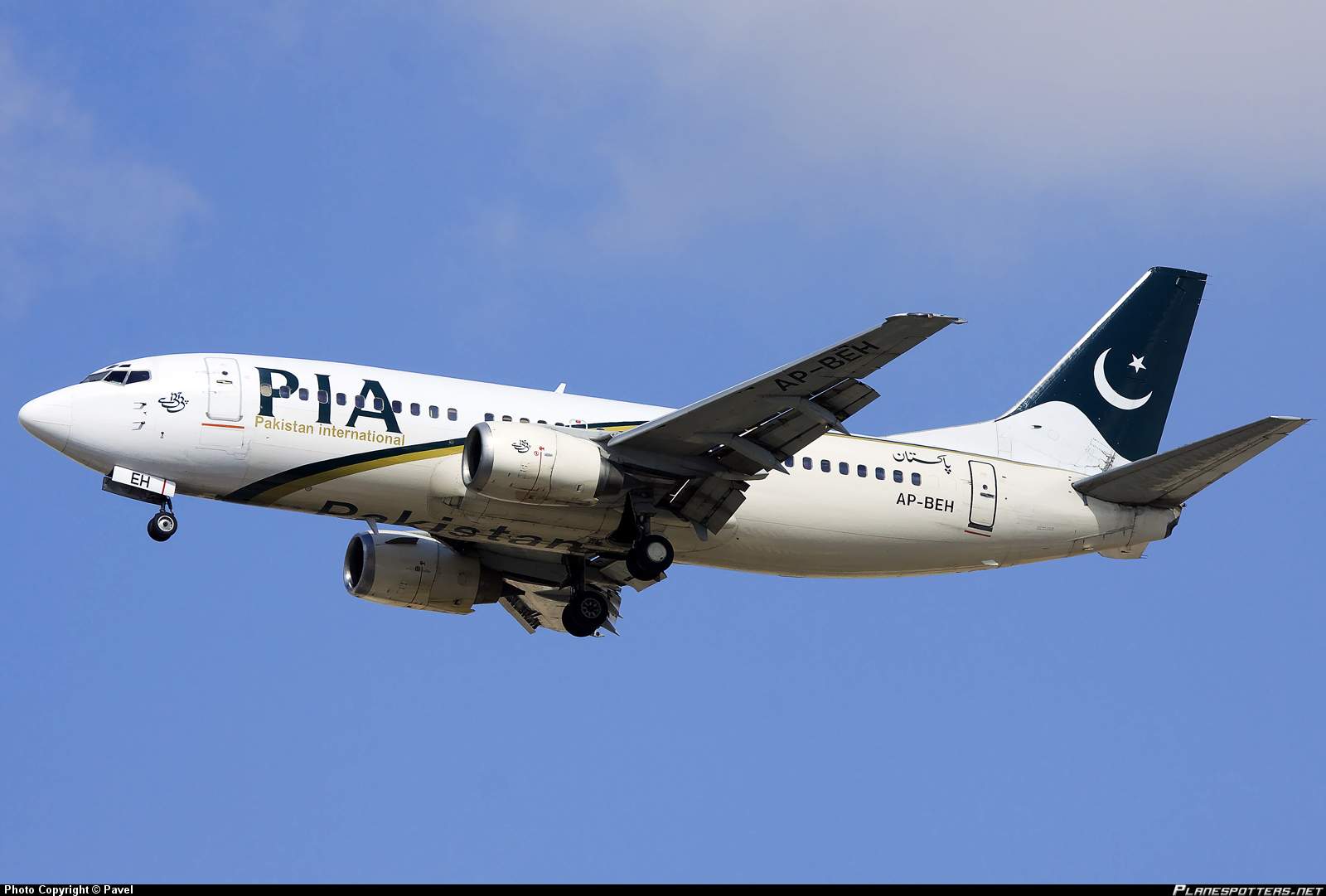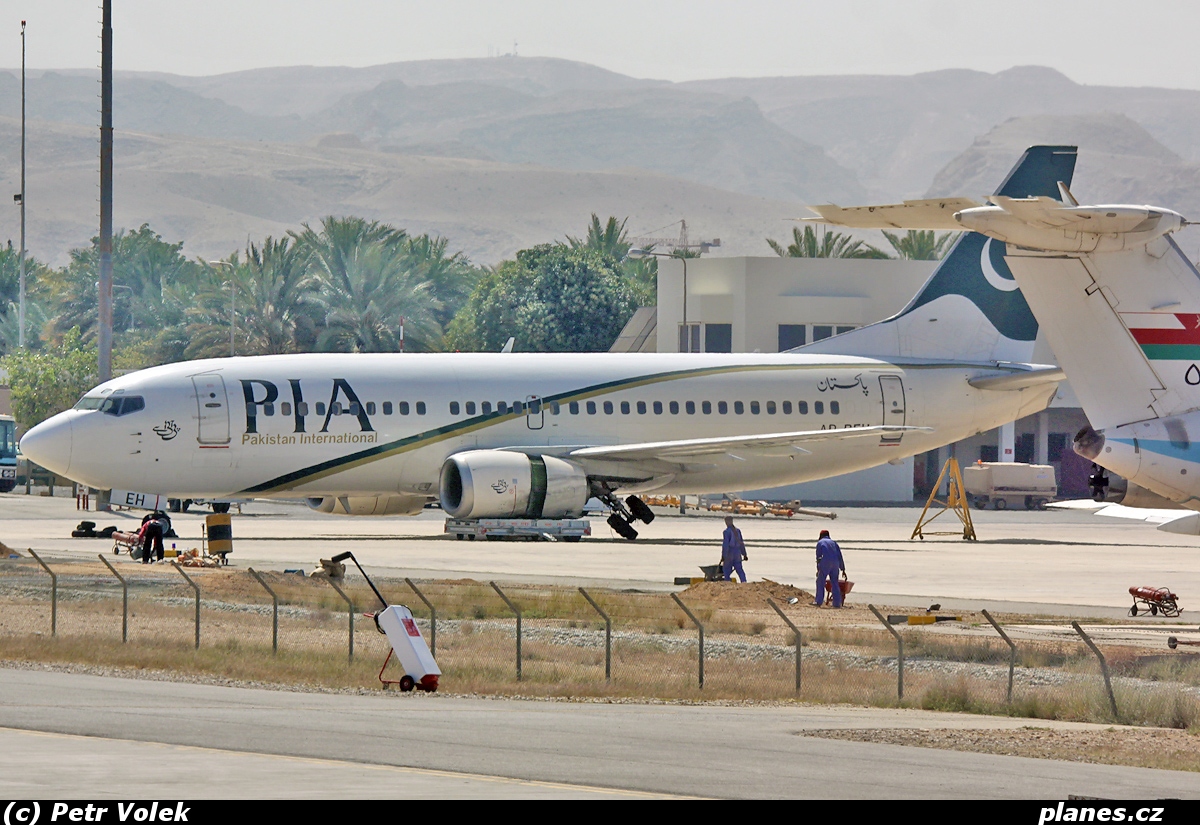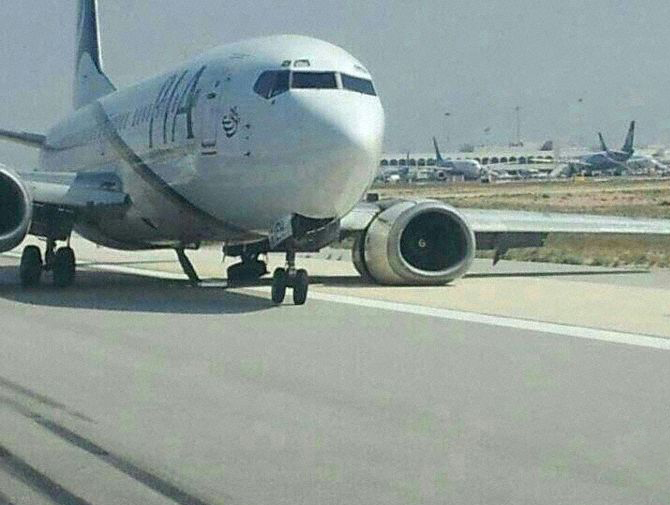Crash of a Beechcraft B200 Super King Air in Pias: 9 killed
Date & Time:
Mar 6, 2013 at 0741 LT
Registration:
OB-1992-P
Survivors:
No
Schedule:
Lima - Pias
MSN:
BB-1682
YOM:
1999
Crew on board:
2
Crew fatalities:
Pax on board:
7
Pax fatalities:
Other fatalities:
Total fatalities:
9
Captain / Total hours on type:
312.00
Copilot / Total hours on type:
425
Aircraft flight hours:
3859
Aircraft flight cycles:
4318
Circumstances:
The twin engine aircraft departed Lima-Jorge Chávez Airport at 0625LT on a charter flight to Pias, carrying two pilots and seven employees of the Peruvian company MARSA (Minera Aurífera Retamas) en route to Pias gold mine. On approach to Pias Airport, the crew encountered limited visibility due to foggy conditions. Heading 320° on approach, the crew descended too low when the aircraft collided with power cables, stalled and crashed on the slope of a mountain located 4,5 km from the airport, bursting into flames. The aircraft was destroyed by impact forces and a post crash fire and all 9 occupants were killed.
Probable cause:
Loss of control following the collision with high power cables after the crew lost visual references during an approach completed in poor weather conditions. The following contributing factors were identified:
- Inadequate meteorological information provided by the Pias Airport flight coordinator that did not reflect the actual weather condition in the area,
- Lack of a procedure card to carry out the descent, approach, landing and takeoff at Pias Airport, considering the visual and operational meteorological limitations in the area,
- The copilot training was limited and did not allow the crew to develop skills for an effective CRM in normal and emergency procedures.
- Inadequate meteorological information provided by the Pias Airport flight coordinator that did not reflect the actual weather condition in the area,
- Lack of a procedure card to carry out the descent, approach, landing and takeoff at Pias Airport, considering the visual and operational meteorological limitations in the area,
- The copilot training was limited and did not allow the crew to develop skills for an effective CRM in normal and emergency procedures.
Final Report:

